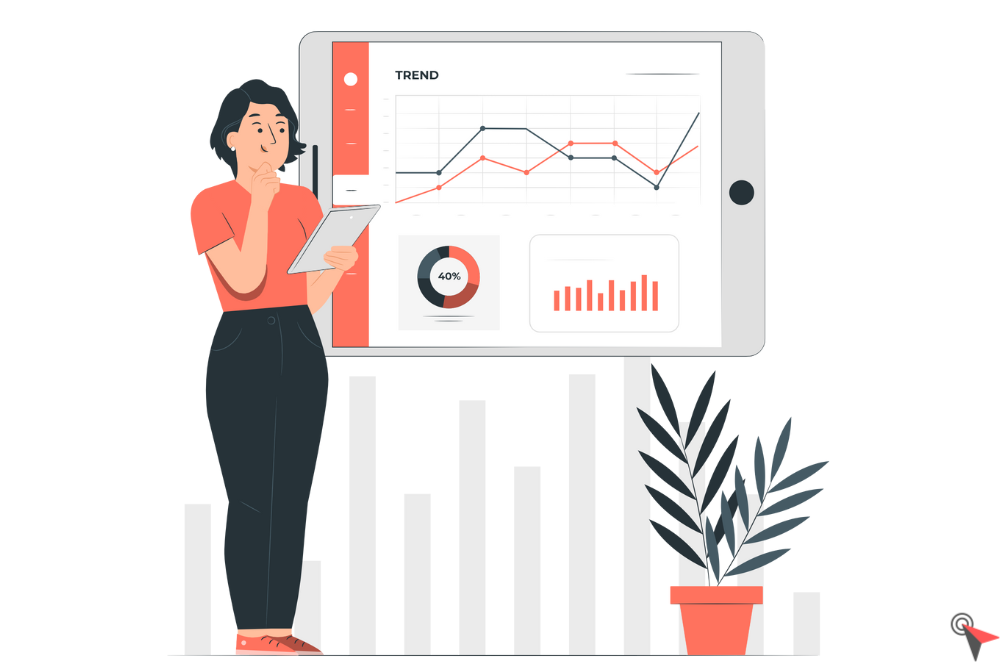Performance Management and Productivity: Tools and Techniques for Remote Team Success
October 31, 2023


As we sail into an era increasingly defined by technology and digital connectivity, the way we work is undergoing a transformative change. The phenomenon of remote work, which once was an outlier, is rapidly becoming a cornerstone of the modern work ethos.
A compelling testament to this shift is the projection that by 2025, there will be 36.2 million American employees operating from the confines of their homes or chosen remote locations. This seismic change introduces a fresh set of dynamics in team management and collaboration.
Amidst this backdrop, the onus of ensuring productivity and effective performance management takes center stage. For businesses and leaders navigating this terrain, the challenges are new, but so are the opportunities to redefine the paradigms of teamwork and success.
Working remotely offers flexibility and freedom, but it also comes with its unique set of challenges. For many, home environments are rife with distractions, be it children, pets, or even the beckoning call of household chores. As companies build a remote team, they often find that these personal challenges can accumulate and impact the overall team dynamics.
Beyond the home, the absence of face-to-face interactions can sometimes lead to feelings of isolation or detachment. Time zone differences can further complicate team dynamics, requiring more effort in coordinating synchronous activities. And let’s not forget the occasional connectivity and technology issues, which can disrupt the smooth flow of work.
In the realm of remote work, clarity is paramount. Without the luxury of popping over to a colleague’s desk for quick clarification, remote teams thrive when expectations are unambiguous.
Managers and team leaders should define the metrics that delineate success. Whether it’s the number of tasks completed, quality of work, or adherence to deadlines, clear metrics guide team members toward their goals. Moreover, establishing communication protocols—like how often to check in or which platforms to use—creates a structured environment in which everyone knows how and when to share updates.
Performance management tools, when selected wisely, can act as the backbone of remote team operations. When selecting a tool, it’s crucial to find one that integrates various functions—from task allocation to time tracking.
Such integration ensures consistency and reduces the friction of switching between multiple tools. When scouting for tools, seek features that offer real-time collaboration, analytics, and user-friendly interfaces.
Productivity often boils down to effective time management. One popular method is the Pomodoro Technique, wherein individuals work intensively for short periods, followed by brief breaks.
This cadence helps maintain focus and energy levels. Additionally, setting up a dedicated workspace—a nook free from distractions—can signal to the brain that it’s time to work. Remote work might blur the lines between professional and personal lives, but encouraging regular breaks ensures team members recharge and avoid burnout.
Moreover, a culture that values continuous learning and development can propel team members to consistently hone their skills and bring fresh perspectives to tasks.
Perhaps nothing holds more weight in remote settings than effective communication. Regular check-ins, be they daily or weekly, ensure everyone is on the same page and foster an environment of trust. While written messages have their place and serve immediate needs, video calls can bridge the gap of physical distance, offering a more personal touch and allowing for nuances in expression.
Beyond routine updates, collaborative platforms can be used for brainstorming sessions or problem-solving endeavors, replicating the energy of in-person meetings in a virtual domain, and fostering a sense of united purpose.
Remote work demands an active, consistent feedback loop. Constructive feedback, delivered with empathy, clarity, and respect, can steer team members in the right direction and motivate them toward excellence. Leveraging tools to gather feedback—whether through interactive surveys, one-on-one discussions, or virtual suggestion boxes—can offer invaluable insights into areas of improvement.
Moreover, performance metrics shouldn’t be set in stone. As the team evolves and grows, and the nature of work changes, revisiting and updating these metrics ensures they remain relevant, challenging, and aligned with the company’s vision.
At the heart of performance and productivity lies employee well-being. There’s a direct correlation between a team member’s mental health and their work output. Encouraging a balanced work-life setup, offering resources for mental well-being, and being receptive to individual needs can make all the difference.
To further nurture team spirit, organizing virtual team-building activities or events can infuse a sense of belonging and camaraderie among members, despite the physical distance.
The world of remote work is highly dynamic and ever-evolving. The techniques and tools we employ today might be revamped tomorrow. However, at the core of remote team success lies a combination of effective performance management, open communication, and a genuine concern for each team member’s well-being.
